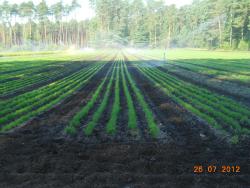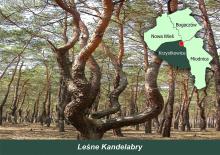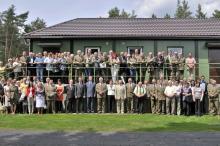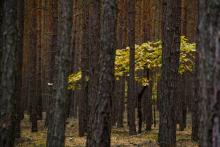 Asset Publisher
Asset Publisher
SILVICULTURE
 Hodowla lasu, fot. Piotr Droszczak
Hodowla lasu, fot. Piotr Droszczak
 Hodowla lasu, fot. Piotr Droszczak
Hodowla lasu, fot. Piotr Droszczak
 Hodowla lasu, fot. Piotr Droszczak
Hodowla lasu, fot. Piotr Droszczak
 Hodowla lasu, fot. Piotr Droszczak
Hodowla lasu, fot. Piotr Droszczak
 Hodowla lasu, fot. Piotr Droszczak
Hodowla lasu, fot. Piotr Droszczak
 Hodowla lasu, fot. Piotr Droszczak
Hodowla lasu, fot. Piotr Droszczak
The basic aim of silviculture is preservation and development of the existing forest stands (renewal) and establishing new ones (afforestation) while respecting natural conditions of the environment and natural processes. Silviculture comprises collecting and storing tree seeds, nursery production, restocking, tending and protection of forest stands.
Silviculture benefits from the achievements and output of natural sciences, such as climatology, soil science, botany and plant physiology. In performing their forestry activities, foresters aim to ensure compatibility of habitats with species composition. As a result forest is becoming more resistant to threats.
Forest, if not created naturally, is made by planting trees. Saplings are grown in nurseries where they are subject to tending and protection treatment.
This aims at creating the best possible conditions for development and growth of the most desirable forest stands to match a particular species composition. The last element of silviculture is late thinning to ensure forest regeneration in the best possible way meeting the requirements of the growing tree species.
The objective, which is to obtain the best possible successive forest generations, is achieved by careful and selective activities on particular forestry work stages:
- seed production,
- nursery production,
- regeneration and afforestation,
- forest tending,
- tending young trees,
- forest stand tending.












